
Stress is an inevitable part of our lives. No matter how hard we try, we cannot avoid it. Work, relationships, and other responsibilities can take a toll on our mental health, leaving us feeling anxious and overwhelmed. Fortunately, there are several ways to manage stress, and one of them is by using a stress ball.
What is a stress ball?

A stress ball is a small, handheld ball made of foam or other soft materials. It is designed to be squeezed and manipulated by the user as a way to relieve stress and tension. The premise behind it is that the repetitive motion of squeezing the ball can help release tension and reduce stress levels.
Introducing the Damn Guy Talking Stress Ball

If you're looking for a stress ball that is not only effective but also hilarious, you might want to check out the Damn Guy Talking Stress Ball. This stress ball is shaped like a man's head and features an animated face that responds to the user's squeezing.
When you squeeze the ball, the Damn Guy Talking Stress Ball will say things like "Damn!" and "That feels good!". The humor and novelty of this stress ball make it a great conversation starter and a fun way to relieve stress.
Benefits of using a stress ball
Aside from being a fun and quirky way to relieve stress, using a stress ball can also offer several benefits. Here are some of them:
- Improves focus: Squeezing a stress ball can help improve your focus and concentration by giving your hands something to do while your mind focuses on the task at hand.
- Reduces muscle tension: The repetitive motion of squeezing a stress ball can help release tension in your muscles, especially in your hands and arms.
- Relieves anxiety: Using a stress ball can help reduce anxiety by providing a physical outlet for your stress and helping you relax.
How to use a stress ball

Using a stress ball is very simple. All you need to do is hold the ball in one hand and squeeze it repeatedly, taking deep breaths as you do so. You can also roll the ball around in your hand or between your fingers for added relaxation.
It's important to note that using a stress ball is not a substitute for professional help if you're struggling with mental health issues. However, it can be a helpful tool for managing stress and promoting relaxation.
Conclusion

The Damn Guy Talking Stress Ball is a fun and effective way to relieve stress and tension. Its unique design and animated face make it a standout stress ball that is sure to bring a smile to your face. Whether you're looking for a way to manage stress at work or just need a quick pick-me-up, the Damn Guy Talking Stress Ball is worth checking out.
Related video of Damn Guy Talking Stress Ball: The Ultimate Stress Reliever

Are you a self-proclaimed geek who loves to stay updated with the latest news and trends in the world of technology, science, and pop culture? If yes, then you must have heard about the Daily Geek Show Newsletter.
The Daily Geek Show Newsletter is a daily newsletter that delivers curated and customized news to your inbox every morning. It covers a wide range of topics, including science, technology, gaming, movies, TV shows, comics, and more.
What Makes Daily Geek Show Newsletter Unique?

Unlike other newsletters that bombard you with irrelevant or outdated news, the Daily Geek Show Newsletter is tailored to your interests and preferences. When you sign up, you get to choose the topics that you want to receive news about.
Moreover, the newsletter is written and curated by a team of passionate geeks who are experts in their respective fields. They ensure that the news and stories are accurate, informative, and entertaining.
What Can You Expect from Daily Geek Show Newsletter?
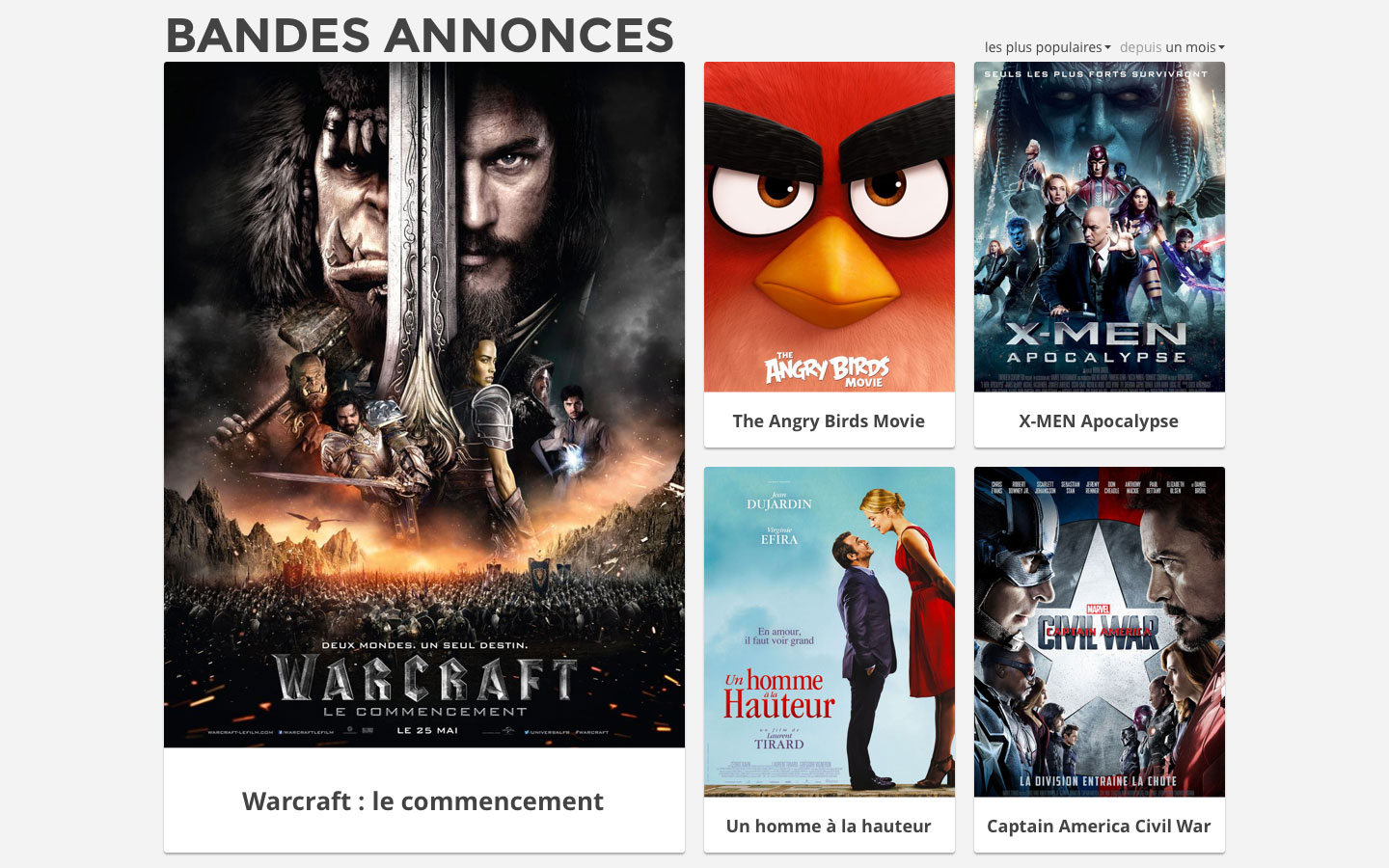
The Daily Geek Show Newsletter offers a wide range of content that will keep you engaged and informed. Here are some of the things that you can expect:
- Breaking news and updates from the world of technology and science
- Reviews and recommendations of the latest gadgets, games, and movies
- Interviews with experts and celebrities in the geekdom
- Trivia, quizzes, and fun facts about your favorite pop culture icons
- Exclusive access to events and contests
How to Sign Up for Daily Geek Show Newsletter?

Signing up for Daily Geek Show Newsletter is quick, easy, and free. All you have to do is visit their website and enter your email address. You will then receive a confirmation email, and once you confirm your subscription, you're all set to receive your daily dose of geeky news.
If you're worried about spam or unwanted emails, don't be. The Daily Geek Show Newsletter respects your privacy and only sends you relevant and high-quality content.
Final Thoughts

The Daily Geek Show Newsletter is a must-have for any geek who wants to stay up-to-date with the latest news and trends. Whether you're a fan of Marvel movies, a gamer, or a tech enthusiast, there's something for everyone.
So, what are you waiting for? Sign up for the Daily Geek Show Newsletter today and join the geekdom!
Related video of Daily Geek Show Newsletter: Your Daily Dose of Geeky News
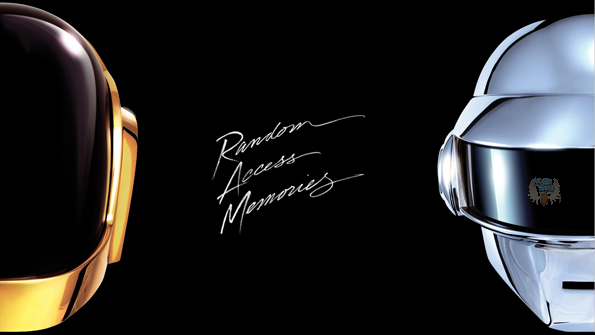
The Rise of Daft Punk
Daft Punk is a French electronic music duo consisting of Thomas Bangalter and Guy-Manuel de Homem-Christo. They first gained popularity in the late 1990s with their debut album "Homework," which featured hit songs such as "Da Funk" and "Around the World."
Since then, Daft Punk has become one of the most influential and iconic electronic music acts of all time, known for their unique sound, innovative music videos, and distinctive robot helmets.

The Legacy of Daft Punk
Over the years, Daft Punk has released a number of critically acclaimed albums, including "Discovery," "Human After All," and "Random Access Memories." They have also collaborated with a variety of artists, such as The Weeknd, Pharrell Williams, and Nile Rodgers.
Daft Punk's influence can be seen in a variety of genres, from electronic dance music to pop and hip-hop. They have inspired countless musicians and producers, and their music continues to be celebrated and enjoyed by fans around the world.
Daft Punk on Google Play
If you're a fan of Daft Punk, you'll be pleased to know that their music is available on Google Play. You can stream their albums and songs, create playlists, and even download them for offline listening.
With Google Play, you can also discover new music and artists that are similar to Daft Punk. You can browse through curated playlists, listen to radio stations, and explore different genres and moods.

Conclusion
Daft Punk has left an indelible mark on the music industry, and their legacy continues to inspire and influence musicians and fans alike. With Google Play, you can access their music and discover new artists and genres that you'll love.
So why not give Daft Punk a listen on Google Play today?
Related video of Daft Punk Google Play: A Look into the Iconic Duo's Legacy

D Day is a term that is commonly used to refer to the day of the invasion of Normandy during World War II. This event was a turning point in the war and is considered one of the most significant military operations in history. However, many people may not know what the "D" in D Day stands for. In this article, we will explore the origins of the term and its meaning.
Origins of the Term D Day

The exact origins of the term D Day are not entirely clear. The term was used by the military for many years to refer to the day of a planned operation. The letter "D" was used as a placeholder for the actual day, which was not disclosed until closer to the operation.
The term D Day became more widely known during the planning and execution of the Normandy invasion, also known as Operation Overlord. The term was used to refer specifically to the day of the invasion, which was June 6, 1944.
Meaning of D Day

The meaning of D Day is simple: it refers to the day of a planned military operation. The letter "D" does not stand for any particular word, but rather serves as a code to indicate the day of the operation. The term was used during World War II and continues to be used by the military today.
In the case of the Normandy invasion, D Day was the day when Allied forces landed on the beaches of Normandy in France. The operation was a massive undertaking, involving thousands of troops, ships, and aircraft. The goal was to establish a foothold in Europe and begin the liberation of France from German occupation.
Significance of D Day

D Day was a turning point in World War II. The success of the operation gave the Allies a foothold in Europe and paved the way for the eventual defeat of Germany. The Normandy invasion was a massive undertaking, involving thousands of troops, ships, and aircraft. It was a risky operation, and the Allies faced heavy resistance from the German forces.
The success of D Day was due in large part to careful planning and coordination. The operation was months in the making, and every detail was carefully considered. The Allies used deception tactics to mislead the Germans about the location and timing of the invasion, which helped to ensure its success.
Conclusion

D Day is a term that is commonly used to refer to the day of the invasion of Normandy during World War II. The term does not stand for any particular word but rather serves as a code to indicate the day of a planned military operation. The Normandy invasion was a massive undertaking, involving thousands of troops, ships, and aircraft. It was a risky operation, and the success of D Day was due in large part to careful planning and coordination.
Related video of D Day Stands For

Units of measurement are important in our everyday lives. They help us understand the size, amount, and distance of things around us. There are two main systems of measurement used worldwide: customary and metric units. Both of these systems have their own unique ways of measuring things and are used in different parts of the world.
Customary Units

Customary units, also known as imperial units, are used primarily in the United States and other countries that were once part of the British Empire. These units are based on historical units of measurement and are still commonly used in everyday life. Some examples of customary units include:
- Feet and inches for measuring length and height
- Pounds and ounces for measuring weight
- Gallons, quarts, pints, and cups for measuring volume
- Fahrenheit for measuring temperature
While customary units are still widely used in the United States, most other countries have switched to the metric system.
Metric Units

The metric system, also known as the International System of Units (SI), is used in most countries around the world. This system is based on units of 10 and is much simpler to use than customary units. Some examples of metric units include:
- Meters and centimeters for measuring length and height
- Kilograms and grams for measuring weight
- Liters and milliliters for measuring volume
- Celsius for measuring temperature
The metric system is more accurate than customary units because it is based on units of 10, making it easier to convert between different units. For example, converting from meters to centimeters is as simple as multiplying by 100, while converting from feet to inches requires more complex calculations.
Converting between Customary and Metric Units

Converting between customary and metric units can be challenging because the two systems are based on different units of measurement. However, it is possible to convert between the two systems using conversion factors. Some common conversion factors include:
- 1 inch = 2.54 centimeters
- 1 foot = 0.3048 meters
- 1 mile = 1.609 kilometers
- 1 pound = 0.453592 kilograms
- 1 gallon = 3.78541 liters
By using these conversion factors, you can convert between customary and metric units with ease.
Why Use Metric Units?

The metric system is the most widely used system of measurement in the world for a number of reasons. First, it is based on units of 10, which makes it easy to use and convert between different units. Second, it is more accurate than customary units because it is based on scientific measurements. Finally, the metric system is used in most countries around the world, which makes it easier to communicate measurements between people from different countries.
Conclusion
Customary and metric units are two different systems of measurement used around the world. While customary units are still used in the United States, most other countries have switched to the metric system. The metric system is more accurate and easier to use than customary units because it is based on units of 10. By understanding the differences between these two systems of measurement, you can communicate more effectively with people from around the world.
Related video of Customary And Metric Units

Queen Elizabeth II is the current and longest-reigning monarch of the United Kingdom and the Commonwealth realms. She was born on April 21, 1926, in Mayfair, London, as the first child of the Duke and Duchess of York, who later became King George VI and Queen Elizabeth.
Early Life and Education

Princess Elizabeth was educated privately at home and began to undertake public duties during World War II, serving in the Auxiliary Territorial Service. She married Prince Philip, Duke of Edinburgh, in 1947, and they have four children: Prince Charles, Princess Anne, Prince Andrew, and Prince Edward.
Accession to the Throne
Queen Elizabeth II ascended to the throne on February 6, 1952, following the death of her father, King George VI. Her coronation took place on June 2, 1953, at Westminster Abbey, with millions of people watching on television.
Role and Duties

As the head of state, the Queen has a ceremonial role and performs numerous public duties, such as opening Parliament, hosting state dinners, and attending national events. She also has a constitutional role, which includes granting royal assent to legislation and appointing the Prime Minister.
Personal Life and Interests

The Queen has a love of horses and is a keen equestrian. She is also a patron of numerous charities and organizations, including the Royal National Lifeboat Institution and the British Red Cross. She has eight grandchildren and ten great-grandchildren.
Longest-Reigning Monarch
Queen Elizabeth II surpassed Queen Victoria as the longest-reigning monarch in British history on September 9, 2015, and celebrated her Sapphire Jubilee (65 years on the throne) in 2017. She has seen numerous changes in the world over her reign, including the dissolution of the British Empire and the introduction of new technology.
Conclusion
Queen Elizabeth II is an iconic figure and has dedicated her life to the service of her country and the Commonwealth. As she approaches her 96th birthday, she remains an inspiration to many and a symbol of continuity and stability in a rapidly changing world.
Related video of Current Queen of England: Her Majesty Queen Elizabeth II

Wine making is a centuries-old art form that has been passed down through generations. One of the most unique and traditional methods of crushing grapes for wine involves using bare feet. This method, known as foot treading, has been used for thousands of years and is still used today by some winemakers.
History of Foot Treading

Foot treading has been used for centuries in various cultures around the world. The ancient Greeks, Romans, and Egyptians all used this method to make wine. In Europe, foot treading was the primary method of crushing grapes until the 19th century when mechanical presses were introduced. Today, foot treading is still used in some regions of Europe, particularly for making port wine in Portugal.
The Process of Foot Treading

The process of foot treading is simple. Grapes are placed in a large vat or container, and a group of people wearing clean, bare feet step into the vat to crush the grapes. The grapes are then left to ferment, and the resulting juice is used to make wine.
Foot treading is a labor-intensive process that requires a group of people to work together to crush the grapes. The process can take several hours, and the workers must rotate in and out of the vat to avoid getting tired.
The Benefits of Foot Treading

While foot treading may seem like an outdated and inefficient method of crushing grapes, it does have some benefits. One of the main benefits is that foot treading is a gentle process that does not break the grape seeds, which can release bitter tannins into the juice. This can result in a smoother and more flavorful wine.
Foot treading also allows winemakers to control the amount of pressure placed on the grapes, which can affect the flavor and quality of the wine. Additionally, foot treading can be a fun and communal experience for those involved in the process.
Modern Alternatives to Foot Treading

While foot treading is still used today by some winemakers, most modern wineries use mechanical presses to crush grapes. These presses are more efficient and can process large quantities of grapes quickly. Additionally, mechanical presses can be adjusted to control the amount of pressure placed on the grapes, which can affect the quality and flavor of the wine.
Other modern alternatives to foot treading include crushing grapes with hand-cranked crushers or using pneumatic presses that gently crush the grapes without breaking the seeds. These methods are less labor-intensive than foot treading and can produce high-quality wine.
Conclusion
Foot treading is a traditional method of crushing grapes for wine that has been used for thousands of years. While it may seem outdated, foot treading does have some benefits, including producing a smoother and more flavorful wine. However, most modern wineries use mechanical presses or other alternatives to crush grapes because they are more efficient and can produce high-quality wine. Regardless of the method used, the art of winemaking continues to evolve and improve, ensuring that we can continue to enjoy the fruits of the vine for generations to come.
Related video of Crushing Grapes For Wine With Feet
Emojis have become a universal language. They allow us to communicate our feelings and emotions without using words. One of the most popular emojis is the "Cross your fingers" emoji. This emoji is commonly used to express hope, good luck, and positivity. In this article, we will explore the meaning behind this popular emoji and its cultural significance.
The Origin of the Cross Your Fingers Gesture
The "Cross your fingers" gesture has been around for centuries. It is believed to have originated in ancient Greece, where people crossed their fingers to ward off evil spirits. Over time, the gesture became associated with luck and good fortune. In Christianity, crossing your fingers was also seen as a symbol of the cross and protection from the devil.
The Cross Your Fingers Emoji
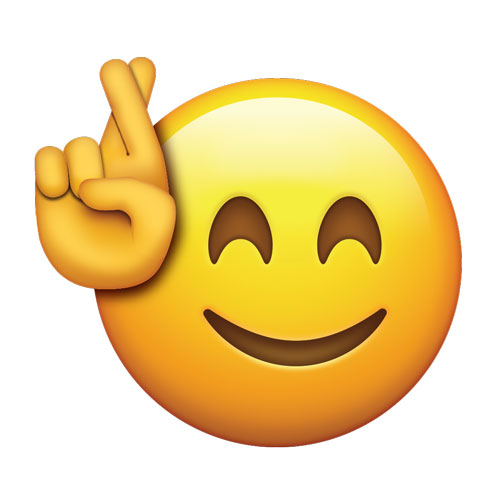
The "Cross your fingers" emoji was added to the Unicode Standard in 2016. It is represented by two fingers crossed over each other, resembling the gesture of crossing one's fingers. This emoji is commonly used in social media, text messaging, and other digital platforms to express hope, good luck, and positive vibes.
The Cultural Significance of the Cross Your Fingers Emoji
The "Cross your fingers" emoji has become a cultural phenomenon. It is used by people from all walks of life to express their wishes and aspirations. From wishing someone good luck before an exam to hoping for a better future, this emoji has become a symbol of hope and positivity.
The "Cross your fingers" emoji is also used in business and marketing. Companies use this emoji to express their optimism and convey their brand message. It is a powerful tool for creating a positive image and connecting with customers on an emotional level.
The Different Meanings of the Cross Your Fingers Emoji
While the "Cross your fingers" emoji is commonly used to express hope and good luck, it can also have different meanings depending on the context. For example, some people use this emoji to express doubt or skepticism, as in "I'm not sure if this will work, but I'll cross my fingers anyway."
The "Cross your fingers" emoji can also be used to express a sense of anticipation or excitement. For example, if you're waiting for the results of a job interview or a medical test, you might use this emoji to express your hope and anticipation.
The Cross Your Fingers Emoji in Pop Culture

The "Cross your fingers" emoji has also made its way into pop culture. It has been featured in movies, TV shows, and music videos. For example, the music video for Taylor Swift's song "Bad Blood" features the "Cross your fingers" emoji prominently.
The "Cross your fingers" emoji has also been used in advertising campaigns. One notable example is the 2018 Pepsi Super Bowl commercial, which featured the "Cross your fingers" emoji as part of its campaign message.
Conclusion
The "Cross your fingers" emoji has become a powerful symbol of hope, good luck, and positivity. It has a long history and cultural significance that has transcended time and borders. Whether you're using it to express your wishes, connect with customers, or simply add some fun to your messages, the "Cross your fingers" emoji is a versatile and meaningful symbol that will continue to be an important part of our digital language.
Related video of Cross Your Fingers Emoji: The Symbol of Hope and Good Luck

Do you hear a constant cricket sound in your ear? This condition is called tinnitus, and it affects millions of people worldwide. Tinnitus can be temporary or chronic, and it can be caused by various factors. In this article, we will explore the causes, symptoms, and treatment options for cricket sound in the ear.
What is Tinnitus?
Tinnitus is a medical condition characterized by the perception of sound without any external source. The sound can be a ringing, buzzing, hissing, or cricket-like noise. Tinnitus can be caused by various factors, including exposure to loud noise, ear infections, earwax buildup, and underlying health conditions.
Causes of Tinnitus

Tinnitus can be caused by various factors, including:
- Exposure to loud noise
- Ear infections
- Earwax buildup
- Head or neck injuries
- High blood pressure
- Anemia
- Thyroid problems
- Medications, such as antibiotics, antidepressants, and aspirin
Symptoms of Tinnitus

The main symptom of tinnitus is the perception of sound without any external source. The sound can be a ringing, buzzing, hissing, or cricket-like noise. Tinnitus can be temporary or chronic, and it can affect one or both ears. Tinnitus can also be accompanied by hearing loss, dizziness, or headache.
Diagnosis of Tinnitus
To diagnose tinnitus, your doctor will perform a physical exam and ask you about your symptoms and medical history. Your doctor may also order hearing tests, imaging tests, or blood tests to determine the underlying cause of your tinnitus.
Treatment of Tinnitus
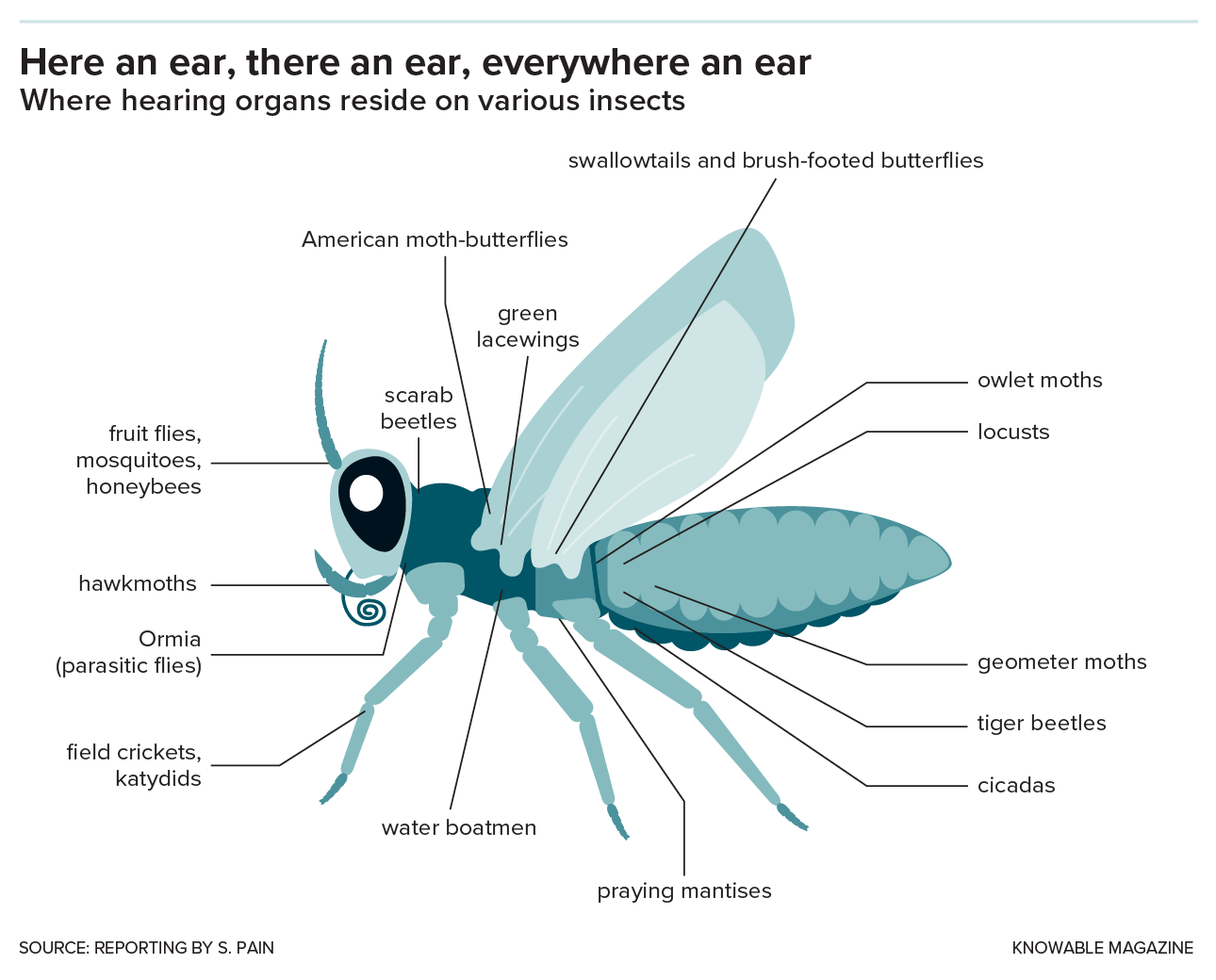
There is no cure for tinnitus, but there are several treatment options that can help manage the symptoms, including:
- Sound therapy, such as white noise or music
- Counseling or cognitive-behavioral therapy
- Tinnitus retraining therapy
- Medications, such as antidepressants or antianxiety drugs
- Hearing aids or cochlear implants
- Surgery, in rare cases
Prevention of Tinnitus

You can prevent tinnitus by taking the following steps:
- Avoid exposure to loud noise
- Protect your ears with earplugs or earmuffs
- Clean your ears regularly
- Treat ear infections promptly
- Avoid using cotton swabs to clean your ears
- Manage stress and anxiety
- Exercise regularly
- Eat a healthy diet
Conclusion
Tinnitus is a medical condition characterized by the perception of sound without any external source. The sound can be a ringing, buzzing, hissing, or cricket-like noise. Tinnitus can be caused by various factors, including exposure to loud noise, ear infections, earwax buildup, and underlying health conditions. There is no cure for tinnitus, but there are several treatment options that can help manage the symptoms. You can prevent tinnitus by taking steps to protect your ears and maintain good health habits. If you experience cricket sound in your ear, consult your doctor to determine the underlying cause and treatment options.
Related video ofCricket Sound In Ear: Causes, Symptoms, and Treatment

Summer is here and with it comes the annoyance of pesky insects that love to bite. Mosquito bites, ant bites, and bee stings can all cause uncomfortable itching and irritation. Scratching the affected area can lead to infection, so it's important to find relief from the itch. Luckily, there are creams available to stop insect bites itching.
What Causes The Itching?
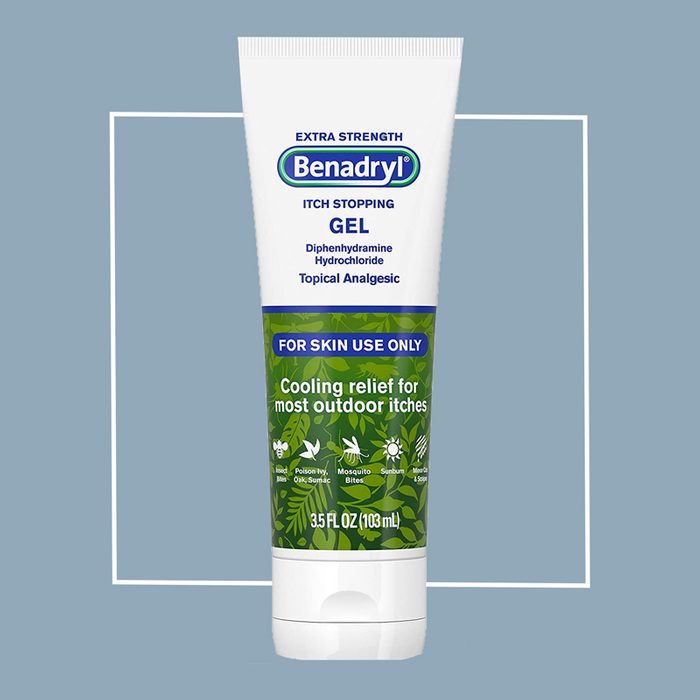
When an insect bites, it injects saliva into the skin. This saliva contains proteins that trigger a histamine response in the body. Histamine causes the blood vessels in the area to dilate, which leads to redness and swelling. It also stimulates nerve endings, causing the sensation of itching.
How Do Creams Stop The Itching?

Creams that are designed to stop insect bites itching contain ingredients that counteract the histamine response. They may contain antihistamines, which block the action of histamine in the body. They may also contain local anesthetics, which numb the area and provide temporary relief from itching.
Types of Creams To Stop Insect Bites Itching

There are many different types of creams available to stop insect bites itching. Some contain natural ingredients, while others contain synthetic chemicals. Some are designed for use on specific types of bites, while others are more general. Here are some of the most common types:
1. Hydrocortisone Cream

Hydrocortisone cream is a mild steroid cream that can reduce inflammation and itching. It is effective for treating mosquito bites, ant bites, and other insect bites. It is available over-the-counter at most drugstores.
2. Calamine Lotion

Calamine lotion is a pink, chalky liquid that is often used to treat poison ivy and other skin irritations. It is also effective for treating insect bites. It contains zinc oxide, which has a cooling effect on the skin and provides relief from itching.
3. Tea Tree Oil

Tea tree oil is a natural oil that has antimicrobial and anti-inflammatory properties. It can be applied directly to insect bites to reduce swelling and itching. It is also effective for treating acne and other skin conditions.
4. Oatmeal Baths

Oatmeal baths are a traditional remedy for itchy skin. They can be made by adding oatmeal to a warm bath and soaking for 20-30 minutes. The oatmeal has a soothing effect on the skin and can provide relief from insect bites and other skin irritations.
Conclusion
If you're looking for relief from insect bites itching, there are many creams and remedies available. Hydrocortisone cream, calamine lotion, tea tree oil, and oatmeal baths are all effective options. Remember to avoid scratching the affected area, as this can lead to infection. With the right treatment, you can enjoy your summer without the annoyance of itchy insect bites.